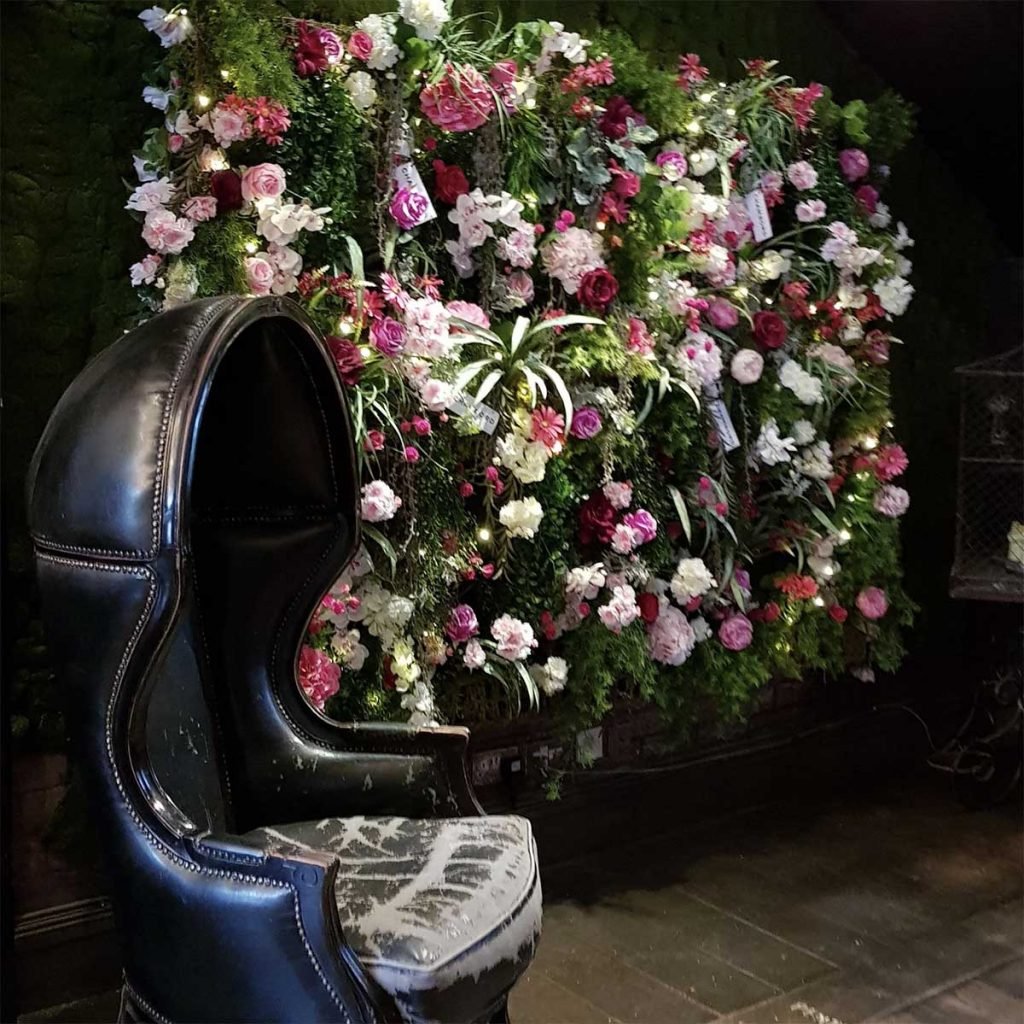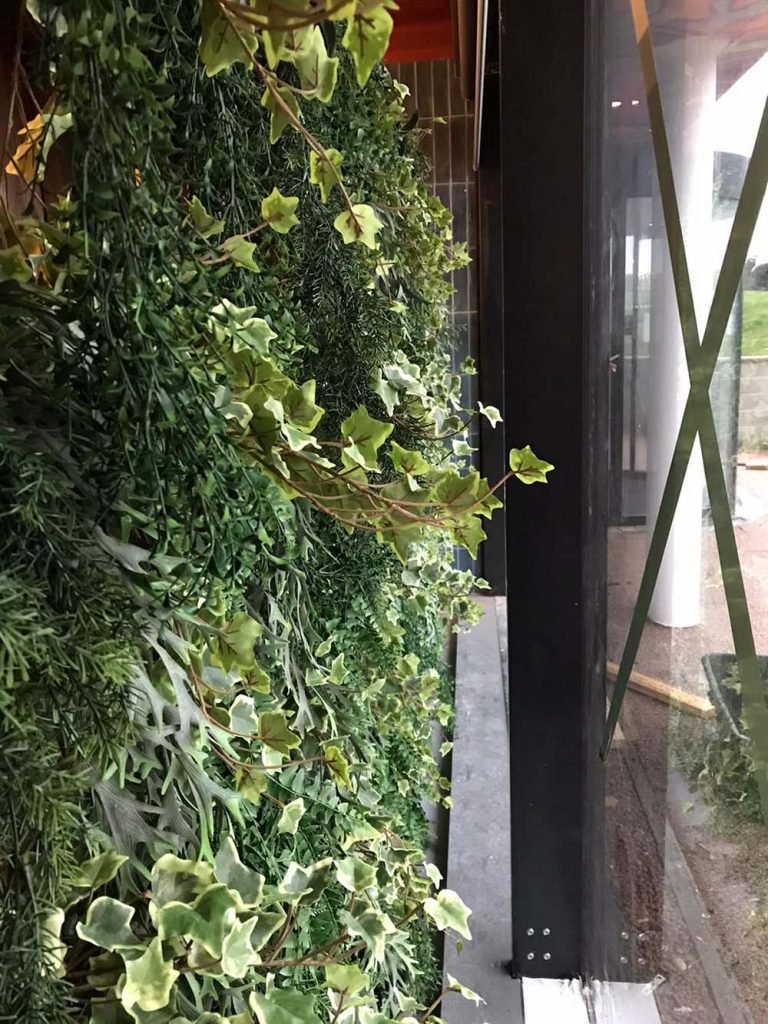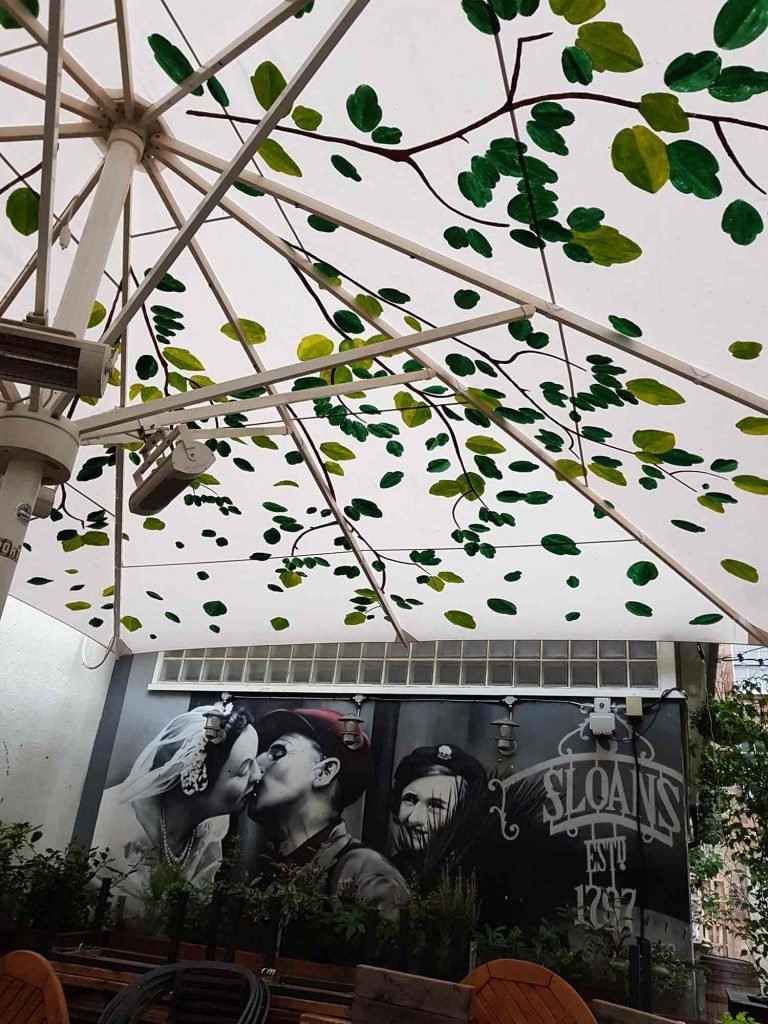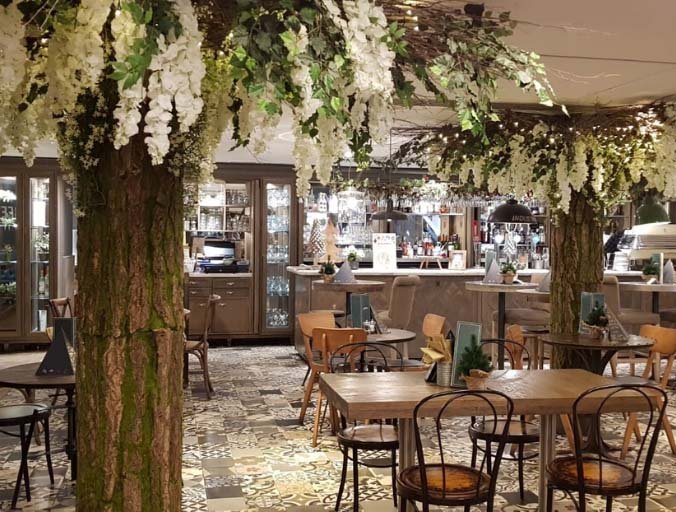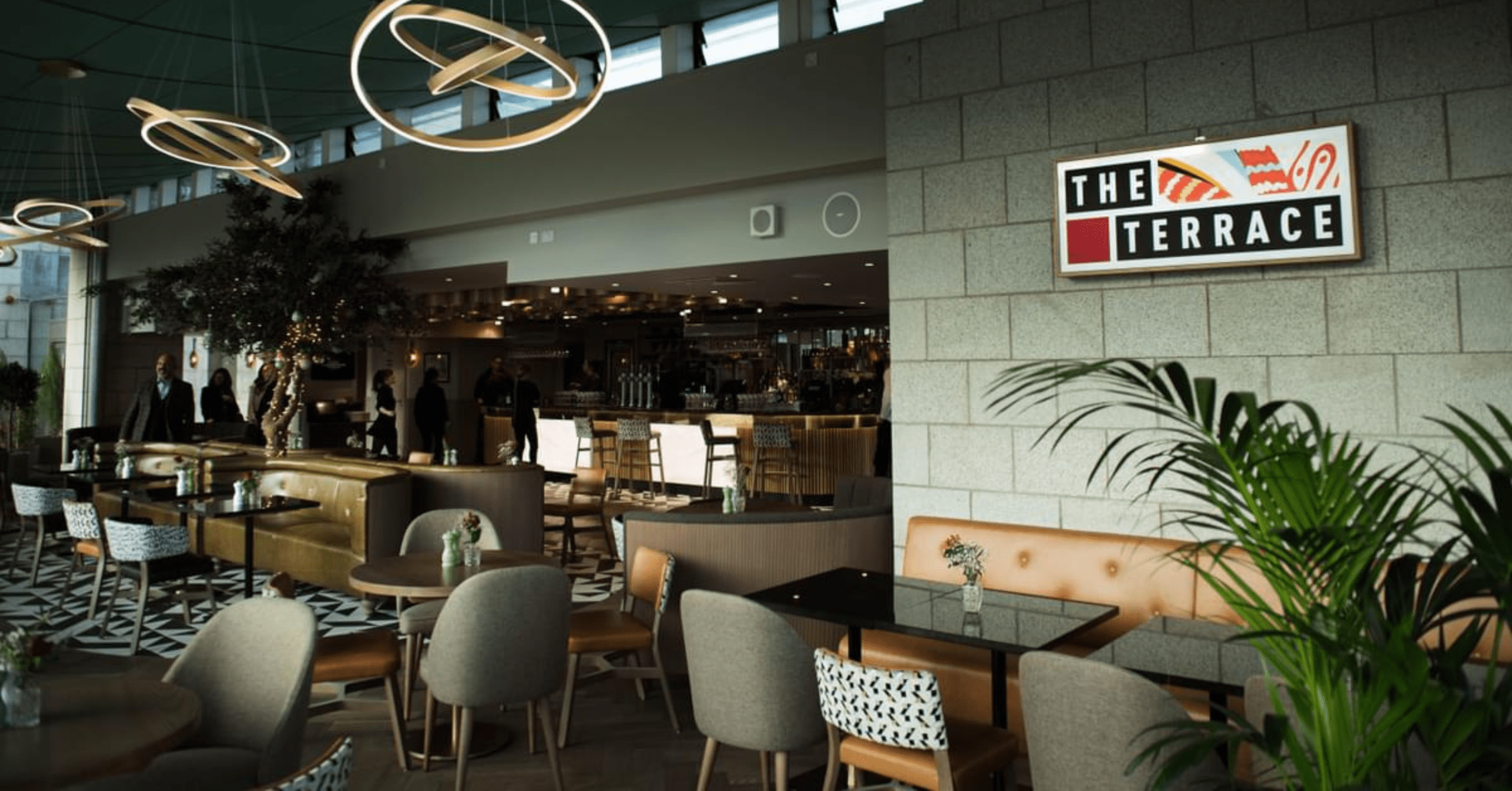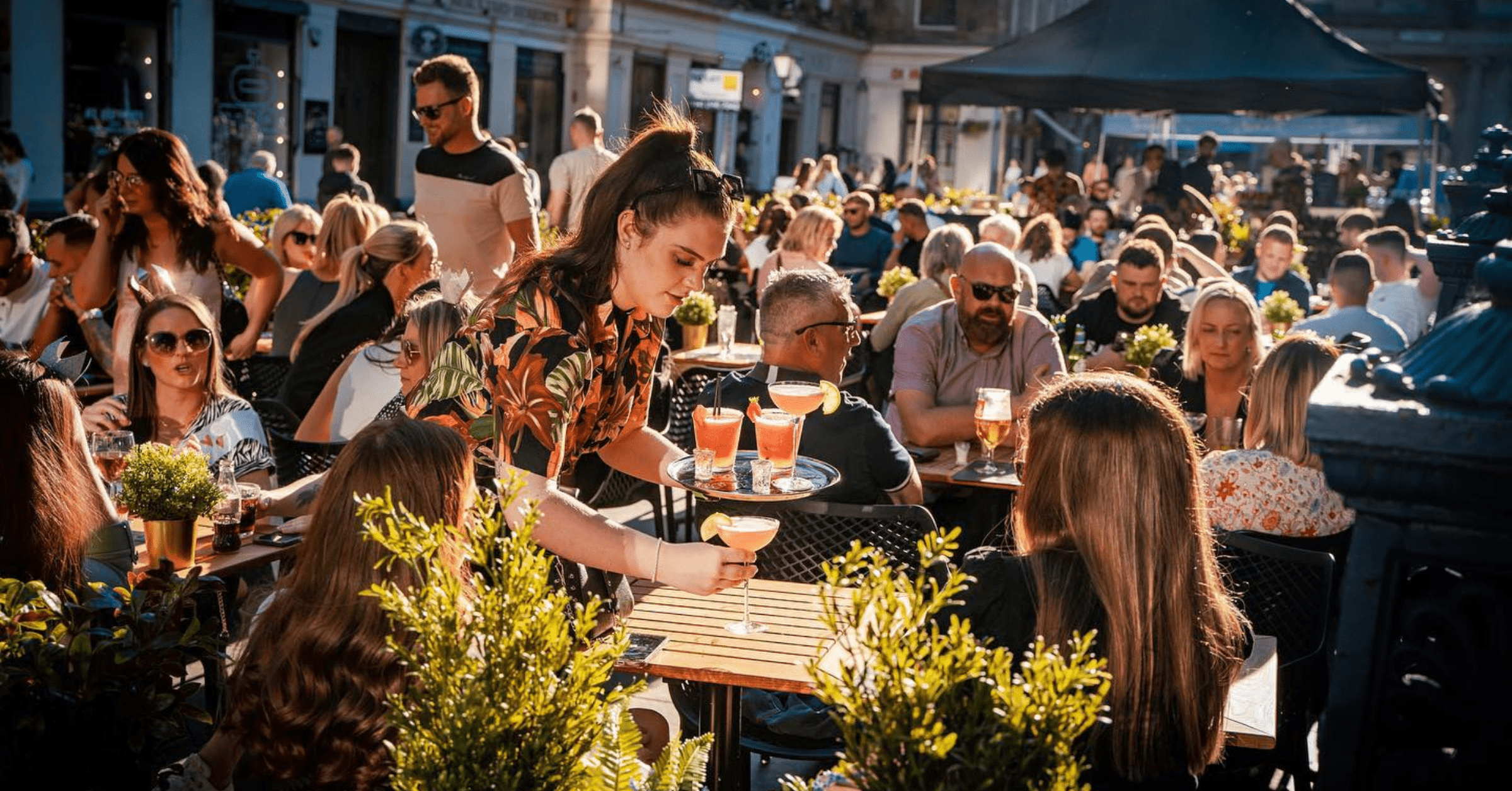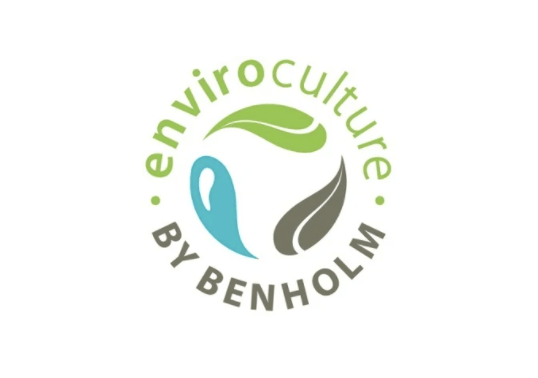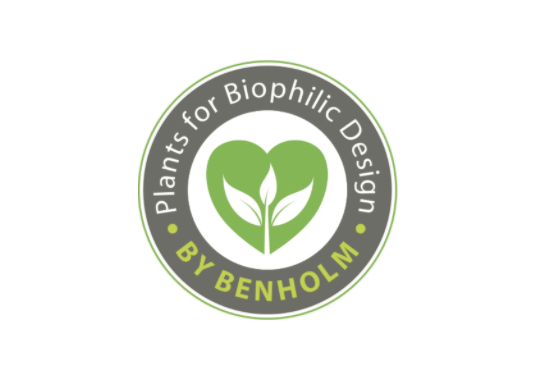Biophilic design is a top design trend using natural surroundings and design elements to connect people to nature, creating a positive, restorative effect on their well-being. We’re going to take a look at why this growing design trend is so effective, and why it’s so important to incorporate it into modern design projects for hotels, offices, restaurants, retail, hospitals, museums, and other public spaces. Biophilic elements can be incorporated into existing design themes, improving customer experience without breaking budgets.
Nature-inspired designs have long been proven to improve guest experience, consequently increasing revenue and high score reviews for hotels and other hospitality businesses.
Interface found in one research project that people are willing to spend a huge 25% more on food and drink in biophilic hospitality environments. The Human Spaces 2.0 report revealed 36% hotel guests spend time in a hotel lobby with biophilic design elements compared to 25% guests in a conventional hotel. Guests were also willing to pay a premium of 23% for a room with a view of nature.
Working with your space
How can the many hotels, restaurants, offices and retail spaces without views overlooking natural landscapes use biophilic design to attract customers and guests? Terrapin Bright Green, a leader in the green building industry, suggest:
“Hotels with limited available space or a modest renovation budget can create micro-experiences, such as within a lounge area, with plants and small a water feature.”
When it comes to considering natural design elements, their advice is:
“Small interventions are sometimes more effective – both from cost (investment and maintenance) and health standpoints – when well designed and strategically located.”
Living Walls
Real or artificial, are modern design features providing a visual connection to nature, which is considered to be one of the most impactful associations in biophilic design.
Many designers and trade professionals prefer artificial green walls over the real thing, since the former requires no maintenance or associated costs. No watering, pruning, or trimming is ever needed—with no worries about withering, browning, or dying greenery. They also come into their own in tricky spaces, like hard-to-water alcoves and spaces without sunlight.
However due to the endless design possibilities with Nordik Moss, it is also a popular choice. You can use it like a picture or change a whole wall. Make patterns or words with it, curve it round surfaces, go for a 3D-shape or incorporate it into furniture. And you can choose from a range of colours, from calming green to statement orange. Nordik Moss is a preserved natural product which doesn’t not grow, no worries about any watering or trimming, or making sure the moss has enough sunlight. With excellent sound-absorbing properties, it helps dampen noise and improve working environments. Plus it is fire safe, resistant to discolouration and hypo- allergenic.
Rooftop gardens & outside space
Rooftop gardens and green outdoor spaces are quickly becoming a must-have. Often established in previously unused space Luxury hotels like Hotel Sofitel and the Four Seasons have already led the charge in using rooftop gardens that double as green space – often designed as an oasis of calm even in the middle of a bustling city. Roof spaces in offices have be used for gardens, to offer sports facilities or quiet space. They provide a habitat for wildlife, support the local environment by helping to lower urban air temperatures, and improve air quality. Other benefits include improved employee engagement and productivity as well as reduced carbon emissions. Green roofs could save businesses millions in energy costs whilst improving the property’s value too.
Outdoor dining spaces are a fantastic way to maximise space for customers. Weatherproof parasols, furniture with branded banners and planters increase kerb appeal, and provide additional covers. With the creative addition of heaters and lighting they can be used all year round.
Trees and plants to provide a direct nature connection
One study found that people in an environment allowing a direct connection with plants (being able to see, touch, and smell them) are 15% happier. Happy guests, employees and shoppers will attach positive emotions to your brand, be more likely to tell their friends about their experience, and likely be repeat customers. Plants, flowers and trees, though simple design elements, have been proven to relieve stress and promote feelings of well-being. Not only are they an opportunity to incorporate colour and texture into a space, the power of plants in the retail industry is not confined to the stores themselves. From directing foot traffic to providing shoppers with a relaxing place to rest between shopping visits, plants can be used creatively in shopping centres. And if you have a space that isn’t lucky enough to be surrounded by nature, we can create one like the indoor forest scene!
